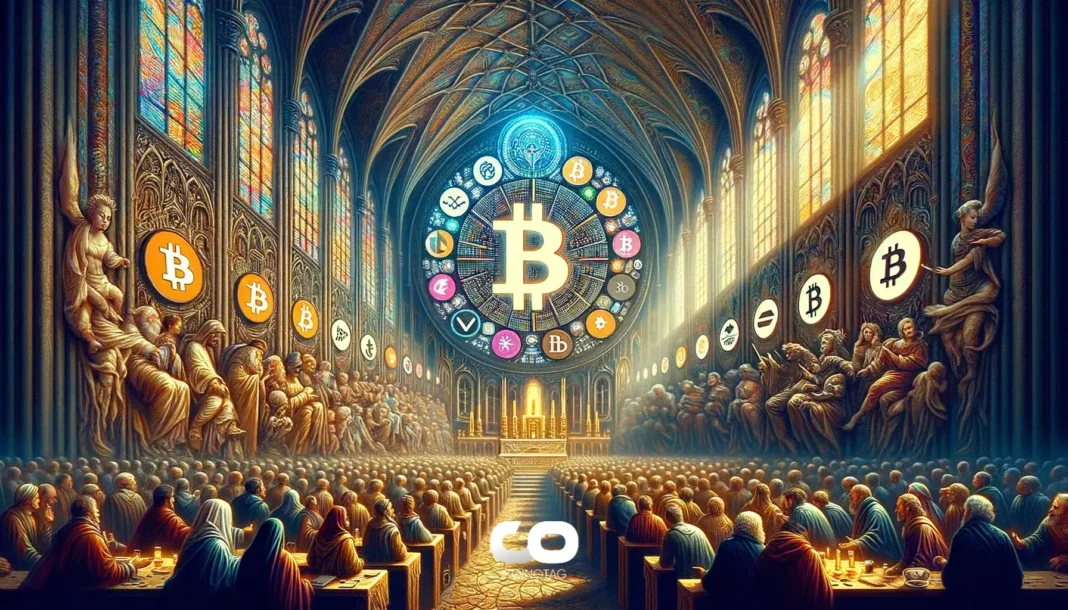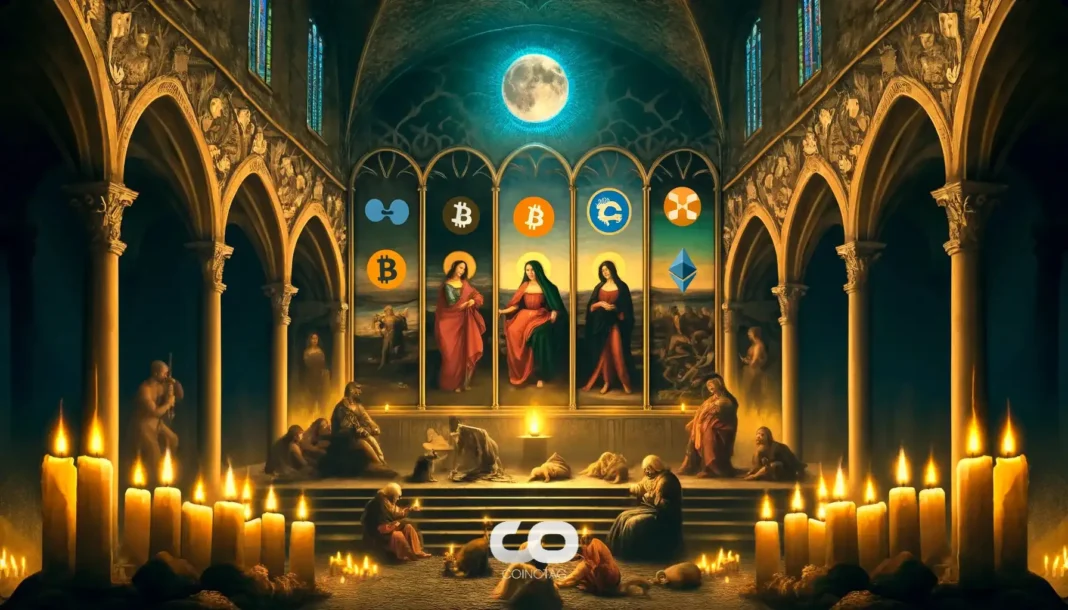-
The Moscow Exchange (MOEX) has launched crypto-linked futures trading, marking a pivotal development in Russia’s regulated financial markets for qualified investors.
-
This new product, tied to a Bitcoin Trust ETF and settled in rubles, offers institutional investors exposure to cryptocurrency price movements without direct crypto ownership.
-
According to MOEX, “This is a significant milestone for Russia’s regulated markets, offering exposure to crypto price dynamics without requiring direct crypto ownership.”
Moscow Exchange introduces crypto-linked futures for qualified investors, enabling regulated exposure to Bitcoin price dynamics amid Russia’s cautious crypto stance.
Moscow Exchange Launches Bitcoin-Linked Futures for Qualified Investors
On June 4, 2025, the Moscow Exchange officially commenced trading of cryptocurrency-linked futures, specifically tied to the Bitcoin Trust ETF (ticker: IBIT). These futures are quoted in U.S. dollars per lot but settled in Russian rubles, reflecting a hybrid currency approach tailored to local market needs. The contracts follow a quarterly expiration cycle, starting with the September 2025 series, providing a structured timeline for investors to manage their positions effectively. This launch represents a carefully regulated step toward integrating digital asset exposure within Russia’s traditional financial ecosystem, catering exclusively to qualified investors under the Bank of Russia’s stringent guidelines.
Institutional Access and Regulatory Context in Russia’s Crypto Market
The Moscow Exchange’s offering is currently limited to qualified investors, aligning with the Bank of Russia’s cautious regulatory framework that restricts direct cryptocurrency ownership for both retail and institutional participants. Earlier regulatory approvals permitted derivatives and securities linked to cryptocurrency values, but the central bank continues to discourage direct crypto investments. This approach reflects a strategic balance between embracing innovation and mitigating risks associated with digital assets. By enabling exposure through regulated futures, Russia aims to provide a safer, more transparent avenue for institutional players to engage with crypto market dynamics.
Complementary Moves by SPB Exchange and Sber Bank
Following MOEX’s lead, Russia’s SPB Exchange has been testing cash-settled crypto futures, while Sber, the country’s largest banking institution, is preparing to launch its own crypto-linked financial product. These developments underscore a broader trend within Russia’s financial sector to offer regulated digital asset investment vehicles that comply with existing legal frameworks. Such products allow investors to gain indirect exposure to cryptocurrencies without contravening the central bank’s restrictions on direct crypto holdings. This regulatory middle ground is designed to foster market participation while maintaining systemic stability.
Implications for Russia’s Financial Ecosystem and Crypto Adoption
The introduction of crypto-linked futures on MOEX and similar products by other institutions signals a gradual shift in Russia’s approach to digital assets. While the Bank of Russia remains cautious, these regulated instruments provide a controlled environment for institutional investors and high-net-worth individuals to access cryptocurrency price movements. This development could serve as a catalyst for broader acceptance of digital asset derivatives within Russia’s financial markets, potentially influencing future regulatory policies. Moreover, it reflects a growing demand for compliant crypto investment options amid global trends toward institutional adoption.
Strategic Outlook: Balancing Innovation and Risk Management
By launching crypto-linked futures, the Moscow Exchange is positioning itself at the forefront of regulated crypto finance in Russia. This initiative balances the need for innovation with prudent risk management, offering a transparent and compliant alternative to direct cryptocurrency trading. The futures contracts provide liquidity and price discovery mechanisms within a familiar financial infrastructure, which may encourage further product development in the digital asset space. Investors are advised to monitor these offerings closely as they represent a significant evolution in Russia’s crypto regulatory landscape.
Conclusion
The Moscow Exchange’s debut of Bitcoin-linked futures for qualified investors marks a significant milestone in Russia’s cautious yet progressive engagement with cryptocurrency markets. By enabling exposure through regulated derivatives, MOEX and its peers are creating a safer pathway for institutional participation in digital assets without contravening regulatory restrictions. This measured approach may well define Russia’s evolving crypto strategy, balancing innovation with oversight to foster sustainable market growth.






